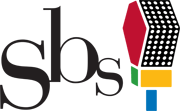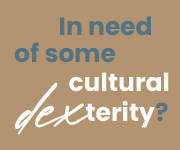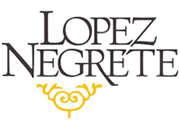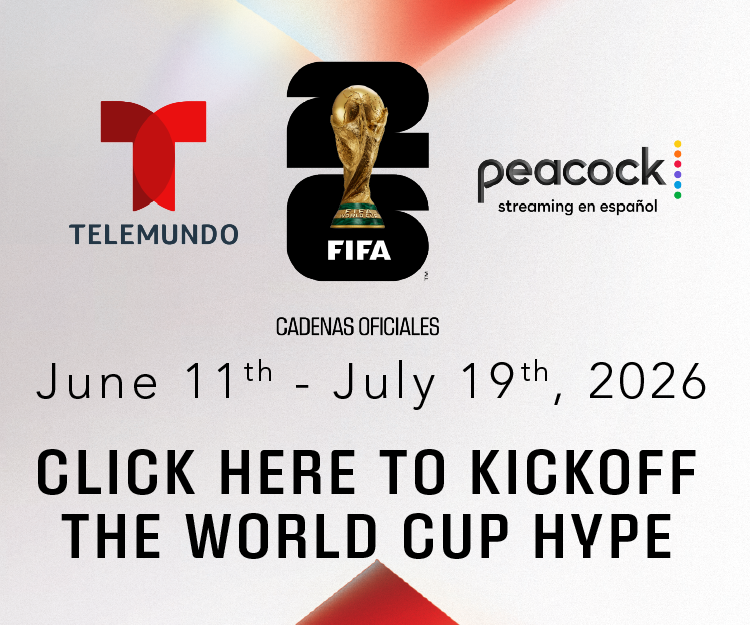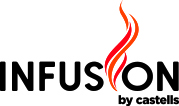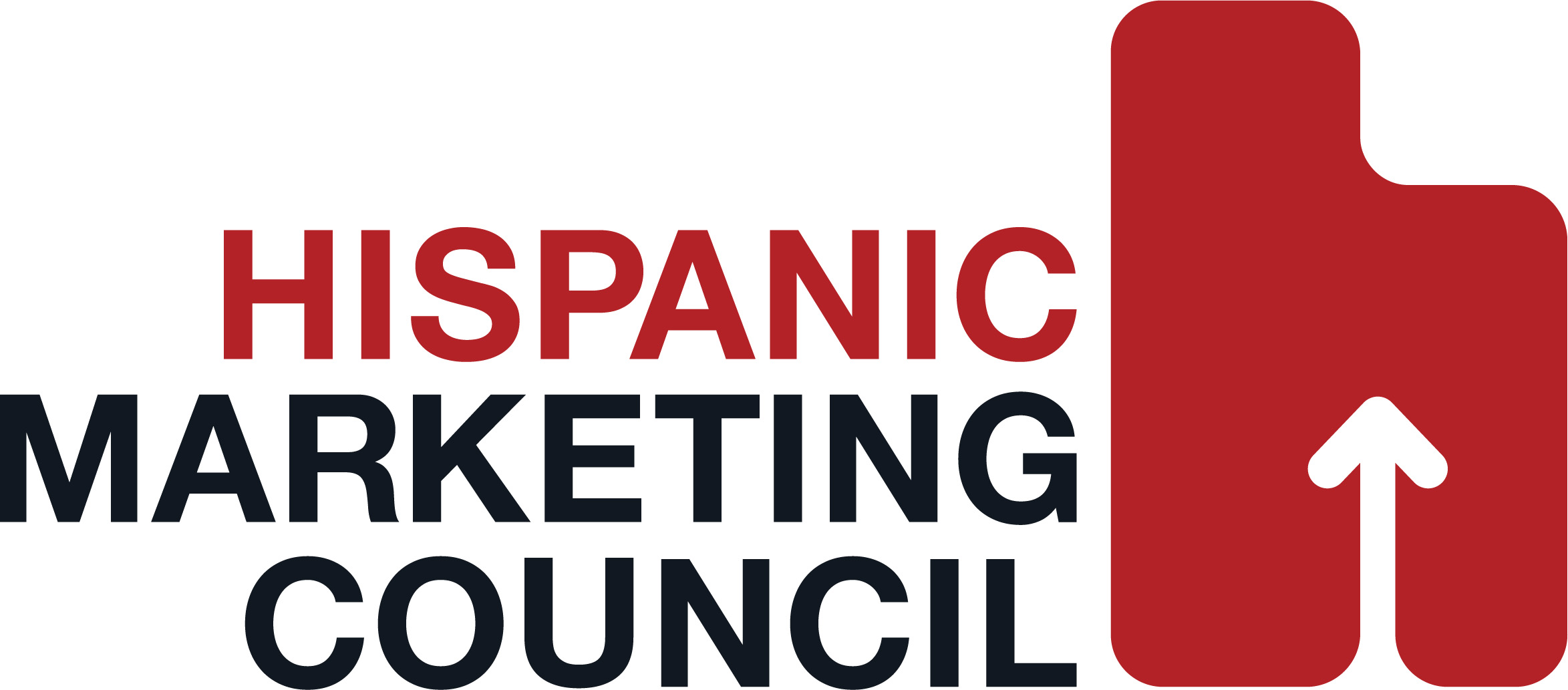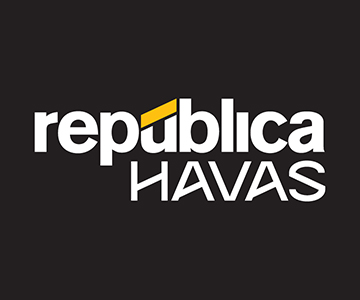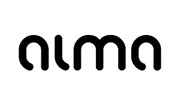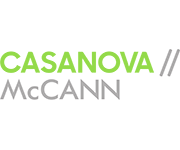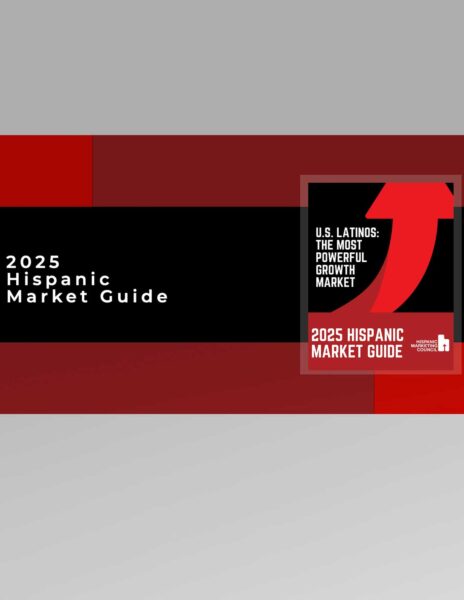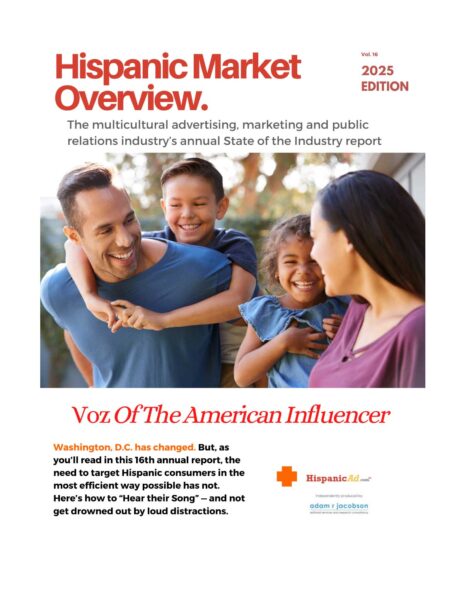A New Branding Framework: The 5Bs
October 21, 2025

The fundamentals of modern branding and brand-building can be captured in the intertwined 5Bs, a new branding framework.
The first of the 5Bs is brand equity, which is owned brand assets that support existing and new organizational strategies and generate ongoing value. Brand equity represents the central idea that brands are strategic assets that drive an organization’s health and growth by enabling its strategy. A big idea in the history of branding, it changed the role of marketing from a tactical communication function to being relevant to organizational strategy and having a seat in the C-suite.
Brand equity lives in three of the remaining four Bs: Brand Relevance, Brand Image, and Brand Loyalty. The brands in the Brand Portfolio, the final B, support and enhance relevance, image, and loyalty.
The 5Bs branding framework, like the 4Ps before it, acts as a mnemonic, but with components and roles that are more clearly defined and include:
- Providing structure and guidance to those who aspire to build or enhance brands.
- Serving to demonstrate that the scope of branding is not just about fostering awareness and communicating an image. It consists of five components, each of which has depth and nuances.
- Ensuring that the 5Bs are used in a coordinated, even integrated manner.
- Reminding that a brand exists to support an organizational strategy. Because strategies emerge and evolve in dynamic times and a difficult communication environment, brands and brand building must be strategically and tactically agile.
Brand Relevance
For a brand to be considered, especially in dynamic markets, it needs more than brand visibility. It needs to achieve relevance, meaning it needs to be both visible and credible for the context at hand, which could be seaweed snacks, a gold stock index fund, compact plug-in hybrids, or five-passenger private jets.
Building relevance starts with visibility, which is not easy. Breaking through the media information overload and audience skepticism often requires exceptional creative ideas, top-notch execution, and finding or creating programs with energy and attaching them to the brand. Visibility, by itself, signals market acceptance, builds familiarity which leads to liking, and aids communication by providing a cognitive anchor to which other associations can be attached.
The second relevance task is to ensure that the brand is perceived as credible, that the offering can deliver on the brand promise, and that there is no reason not to buy or use the product or service. Credibility gives a brand consideration and trust.
Being relevant can be a route to not only being in the game but also winning the game. Relevance competition is the key to most disruptive innovation strategies, in which new offerings with superior customer “must-haves” are created. Any other brand option, even one that is visible and liked, can lack a “must-have” and thus will not be relevant and will not be considered. The strategy, then, is to win the brand relevance battle rather than the “my brand is better than your brand” brand preference fight.
Brand Image
The brand image consists of brand associations such as product attributes (Crest, Volvo), product design (Calvin Klein, Apple), social programs (Dove, Patagonia), quality (Lexus, Emirates Airlines), user imagery (Mercedes, Nike), product breadth (Amazon, Marriott), being global (Visa, Ford), innovation (3M, Virgin), systems solutions (IBM, Salesforce), brand personality (Aflac Insurance, Singapore Airlines), and symbols (Tiffany blue box, McDonald’s Golden Arches).
The brand image is managed and driven by a brand vision that sets forth the aspirational image in the form of brand pillars that drive much of the brand-building activity. They need to resonate with customers and employees, create brand loyalists who “get it,” communicate what the brand represents, foster liking, negate reasons not to buy or use the product or service, and, most importantly, provide differentiation.
Brand Loyalty
Brand loyalty’s inclusion in brand equity was a major driver of the elevation of marketing from a tactical to a strategic role. At the heart of any brand’s long-term value, it creates a predictable flow of sales or usage of the offering, wirh reduced marketing budgets because retaining existing customers is far less costly than attracting new customers.
The highest level of loyalty comes when the brand creates engagement, a motivation to actively promote the brand, and, ultimately, self-expressive and/or social benefits. At this level, loyalty programs with “feel special” status, moments that delight customers, brand-building events with energy, and social programs might be found. This loyalty level often consists of a brand community, a group of people or organizations with shared involvement or passion in some activity, goal, or interest area connected to a brand. At the other end of the loyalty spectrum are satisfied customers who are habitual brand users, comfortable with the brand and satisfied with the user experience. The challenge is to avoid a reason to change.
Brand Portfolio
Branding rarely works with the focus on a single master brand. Rather, there is or should be a brand team that supports and enhances relevance, image, and loyalty. The team could include a subbrand, an endorser brand, a co-brand, or a silver bullet brand.
The term “silver bullet” is a metaphor for a potent weapon that can make a critical difference in a struggle to achieve a worthwhile goal or a solution to a challenging problem. Because it is a powerful resource that is underappreciated or undercommunicated, it could be labeled as secret sauce or secret weapon.
Silver bullet brands help their parent or master brand communicate benefits and capabilities. Included are branded features, branded services, branded technology, branded processes, branded events, branded founders, and so forth. All can affect a brand’s relevance, image, and loyalty. They can take on one or more of three roles: branded differentiator (Schwab Intelligent Portfolio), branded energizer (Dove’s Real Beauty campaign), or branded source of credibility (Apple’s Genius Bar).
Brand Equity
Brand equity is at the heart of the 5Bs and needs direction, resource access, and a person or team actively managing the brand strategically. The management task includes:
- Understanding the brand’s role in current and future organizational strategies. Is the brand equity strong enough and positioned well enough to support a strategy?
- Coordinating the total brand-building efforts of the other pillars in the 5Bs so the work together and silo pressures do not get in the way.
- Defending the proposition that a brand is an asset with long-term value as an enabler of strategies and that effort directed at short-term results should support or at least avoid damaging the brand. The power of short-term financials is overwhelming, especially when an organization is stressed. Further, creating differentiating brand assets is not easy, nor is communicating them in the face of information overload and skeptical audiences.
When you need to create, evolve, reposition, energize, or clarify your brand and its portfolio, start with the 5Bs and aim high.


 The “Father of Modern Branding” Brings New Views to Marketing Today
The “Father of Modern Branding” Brings New Views to Marketing Today



